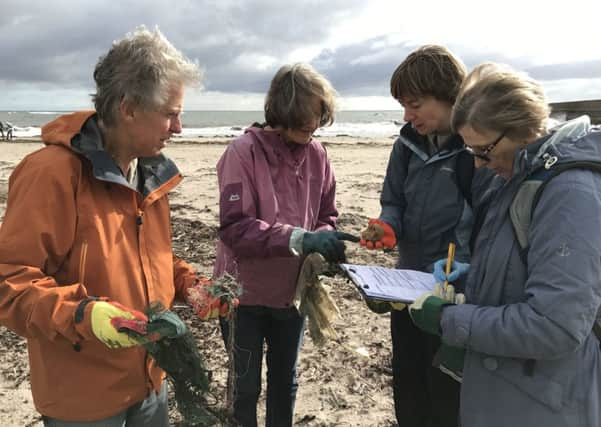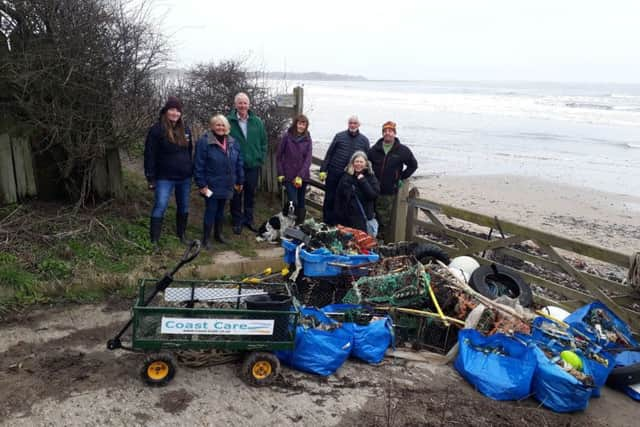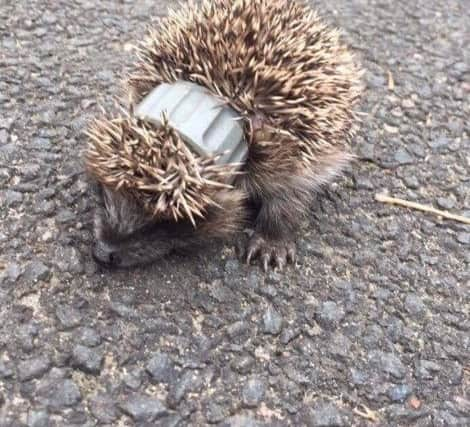Get Drastic With Plastic '“ our fight to tackle environmental pollution


We want to help tackle the problem of litter and its impact on our natural environment.
We will highlight the efforts of those who are taking a stand against pollution and look at ways that we can play a part.


Advertisement
Hide AdAdvertisement
Hide AdHaving highlighted the problem in the last few weeks, it comes at a time when litter, including plastic, is very much in the spotlight.
And on Tuesday night at Bamburgh, the results of a year-long coastal survey were unveiled, revealing that the majority of litter found on our beaches is plastic. The data also showed that there has been a rise in items such as wet wipes and plastic cotton buds.
The 2017/18 study – supported by the Local Environmental Action Fund and Muckle LLP – was conducted by Coast Care, with the help of the Northumberland Coast Area of Outstanding Natural Beauty (NC AONB) and hundreds of volunteers, covering 22 beaches from Berwick to Amble.
A total of 84 surveys/cleans were carried out through the year, focusing on 100 metres of the most populated area at each beach. The results show that just shy of 5,000 items were collected, with plastic making up a whopping 67 per cent of beach litter, followed by sanitary items (eight per cent). Other things collected included rubber, glass and dog muck.


Advertisement
Hide AdAdvertisement
Hide AdIt was also noted that our beaches are awash with fishing gear, such as pots and rope, especially in less popular spots.
Among the top 10 items to be recorded, plastic (0–2.5cm in size) was the most common, with 904 pieces found. The list also included plastic (2.5–50cm); string/cord/rope (thickness 0-1cm); crisp/sweet/lolly/sandwich packets; plastic cotton buds; cigarette stubs; glass; plastic caps/lids; wet wipes; and plastic cups.
The results also showed that the type of litter depends on the season, with items such as cigarette stubs, packaging and cotton-bud sticks are more common in spring/summer.
There has been a reduction in the amount of litter found on Northumberland beaches, with an average of just under six items found per metre in the 2017/18 survey, compared to eight items per metre in 2007. This reduction has been attributed to the hard work of beach-clean volunteers. There has also been a drop in plastic bottles found since 2007.
Advertisement
Hide AdAdvertisement
Hide AdIain Robson, of the Northumberland Coast Area of Outstanding Natural Beauty, said: “Northumberland is up there with the cleanest beaches and cleanest bathing-water quality in the country, so we should be quite pleased, but we shouldn’t rest, because any amount of litter on our beaches is too much.”
On Tuesday, eco-friendly champions brainstormed some ideas for an action plan, including schemes to promote re-usable cups in holiday lets and businesses taking part in a bottle re-filling initiative.
Becky Waring, Coast Care project manager, said: “Litter along the coastline is unsightly and a danger to marine ecosystems and wildlife. The survey highlights some areas of concern and we hope these results can be used to educate the public, raise awareness and to formulate an action plan to address the problem at the source.”
Meanwhile, surveys carried out by Berwickshire and Northumberland Marine Nature Partnership – on beaches including Druridge Bay and Cresswell – showed that plastic was the most common item.